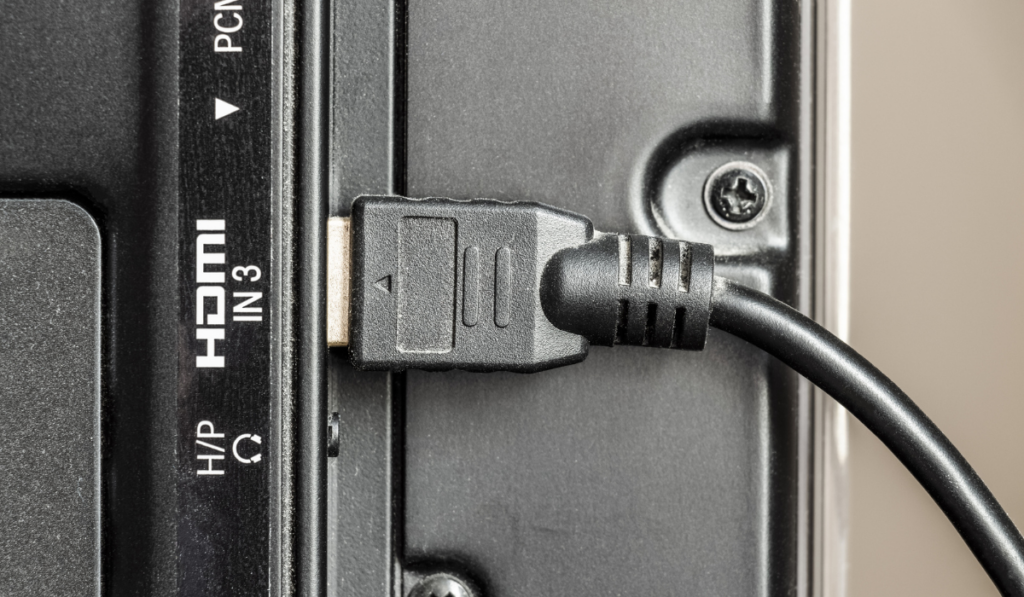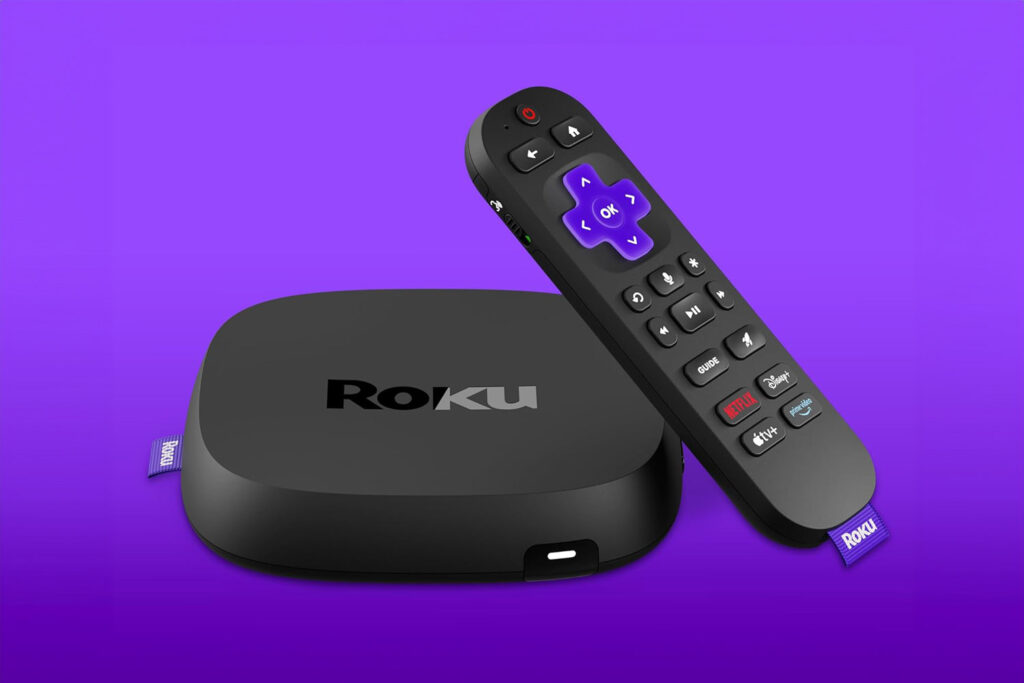If you're experiencing an issue with your Hisense Roku TV turning on and off by itself, you're not alone. But don't worry–only in extremely rare cases is the TV haunted or maybe being turned off and on by a poltergeist. Jokes aside, there are some “ghosts in the machine” that could be causing this behavior, specifically through HDMI-CEC connections. But what should you do to try and fix this?
To fix a Hisense Roku TV that's Turning On and Off, start by power cycling the TV and checking the power connections for damage. Next, disconnect any HDMI cables and try again before consider a factory reset of the TV if possible. If you can't get out of the reboot loop, contact Hisense support.
So, if you're just trying to get back to your favorite show, movie, or game, we'll start figuring this out as quickly as possible starting with a brief discussion on the background of the problem. After that, you can work through our simple troubleshooting guide here–and hopefully you don't make it all the way to the end of it!
What Causes A Hisense Roku TV To Turning On and Off?
Hisense Roku TVs are great. They're high-quality, they have Roku built right in so you don't need another external streamer, and they can last for quite a while. But all things break down over time, and these Hisense TVs can also experience no-sound issues or broken remotes–situations that can complicate your home theater. The phantom on/off issue is one of the weirder bugs to run into, though.
When it comes to a Hisense Roku TV turning on and off, there are a few simple reasons this could happen, but also a few complicated ones. The TV is rebooting, so, the motherboard is receiving a signal to reboot. And maybe a signal to power off. So how is this happening?
A software glitch could do this, and you'd hope that power cycling the device (unplugging it for about 30 seconds and plugging it back in) would fix it. That's your go to option. But if that doesn't work then it's more likely you have a power issue preventing the TV from booting properly, or an issue on the motherboard itself.
It's probably not a broken panel–if you can tell the TV is booting and you see the logo, the panel is functional. And in much rarer cases, an HDMI-connected device could be turning the TV off through HDMI-CEC, but it really shouldn't trigger a boot loop like this unless the external device is trapped in it's own boot loop.
Let's start working through these possible causes to the issue.
How To Fix a Hisense Roku TV That Keeps Turning On And Off
As we have mentioned before, there are several steps you can take. We'll go through the troubleshooting here in order of easiest to most complicated, so you can just work through it until your TV is working.
Restarting the TV and Checking the Power Supply
The first thing to check is the power supply. Make sure the power cord is plugged in properly and securely. If it is, try plugging it into a different outlet to see if that solves the problem. You can also try using a different power cord if you have one available.
We're assuming you've also attempted a power cycle at this point–simply unplugging the device and plugging it back in. If that hasn't solved the problem, keep reading.
Check The Buttons On The Remote For Stickiness

Sometimes, the buttons on the remote can get stuck, causing the TV to turn off unexpectedly. Check the buttons on the remote to make sure they are not stuck or sticky. If they are, try cleaning the remote with a damp cloth and see if that solves the problem.
If you know you've had a spill recently or you think this could really be your cause, then dive in and take the remote apart and clean it.
Any sticky residue between the power button and it's contacts could be triggering on/off signals sporadically and making the TV turn on and off. If you want to get a replacement remote instead, they're pretty cheap on Amazon.
Resetting the TV
If restarting the TV doesn't work, you may need to reset it. To do this, we're going to have to figure out a way to access the Roku TV without access to the Roku TV–after all, it's stuck in a reboot loop.
Use the Roku App (for iOS or Android) to try and access your Roku TV, noting that the devices have to be on the same WiFi network. If the app can't connect, we won't be super surprised: the TV is struggling to boot after all. But, if the TV can boot far enough that you can access the Roku through the app, you can issue a factory reset command to see if that fixes the issue.
Alternatively, some models of Hisense Roku TV have an actual physical reset button on the exterior case of the screen. So, you can go hunting for that, and bring an unfolded paperclip before you start so you'll be ready to hold the button down for at least 30 seconds (while the TV is plugged in) to see if you can force it to reset.
If you'd like more on this, check our our full article on how to reset a Hisense Roku TV.
Checking For HDMI-CEC Connections

If you have other devices connected to your TV, such as a soundbar or gaming console, check to see if they are causing the issue. HDMI-CEC allows devices to communicate with each other, and sometimes this can cause the TV to turn off unexpectedly.
Check our our full article on this tech if you want more, but for now, just try disconnecting any HDMI-CEC devices and see if that solves the problem.
Check the Auto-Power Savings Settings
One more thing you can try–if your TV is only having problems turning off when you don't want it–is to navigate into the power settings and see if auto-power saving is turned on.
There's a timer associated with how long the TV will wait to go to sleep, so, if you have a timer of, say, 4 hours, then the TV will shut off and you may suspect this is a glitch when really it's a setting you can manage (as some users have learned).
Contacting Hisense Support (Warranty)
If you have tried all the troubleshooting steps and your Hisense Roku TV is still turning on and off, it may be time to contact Hisense support. Fortunately, Hisense offers a limited warranty for their TVs, so you may be able to get the issue resolved for free.
When you contact Hisense support, be sure to have your TV model number and serial number on hand. You can find this information on the back of your TV or in the user manual. With any luck, your unit will be covered under warranty still and you'll only have to press pause on your home theater for a couple weeks while you wait on a repair or replacement.





